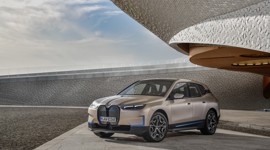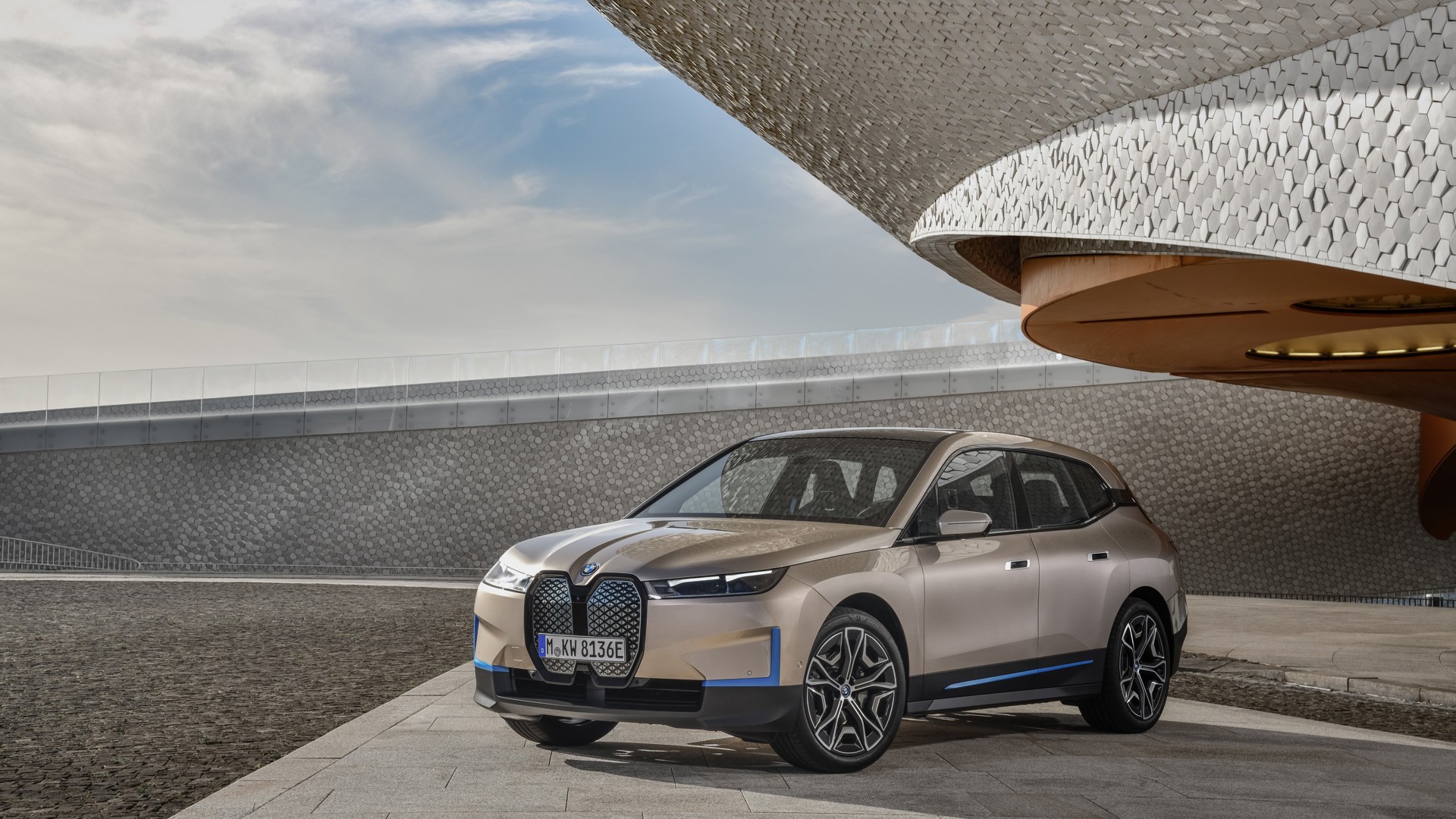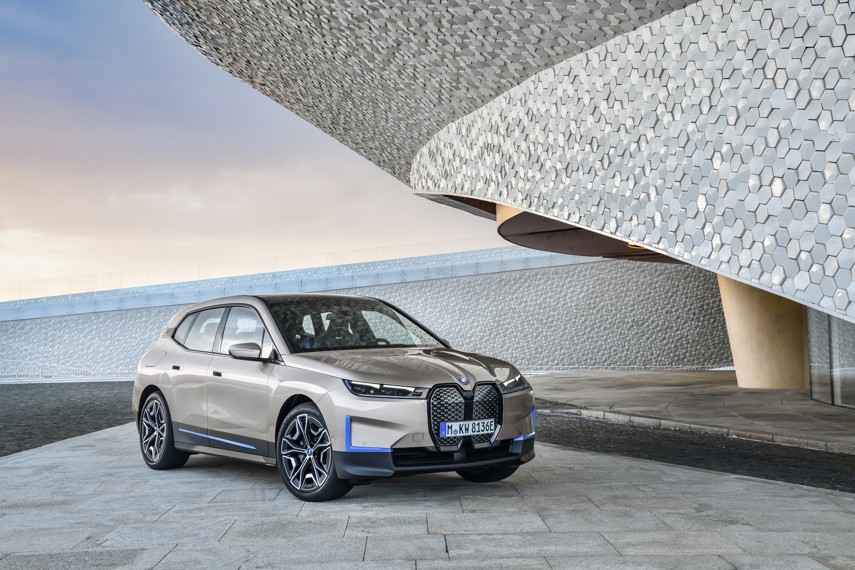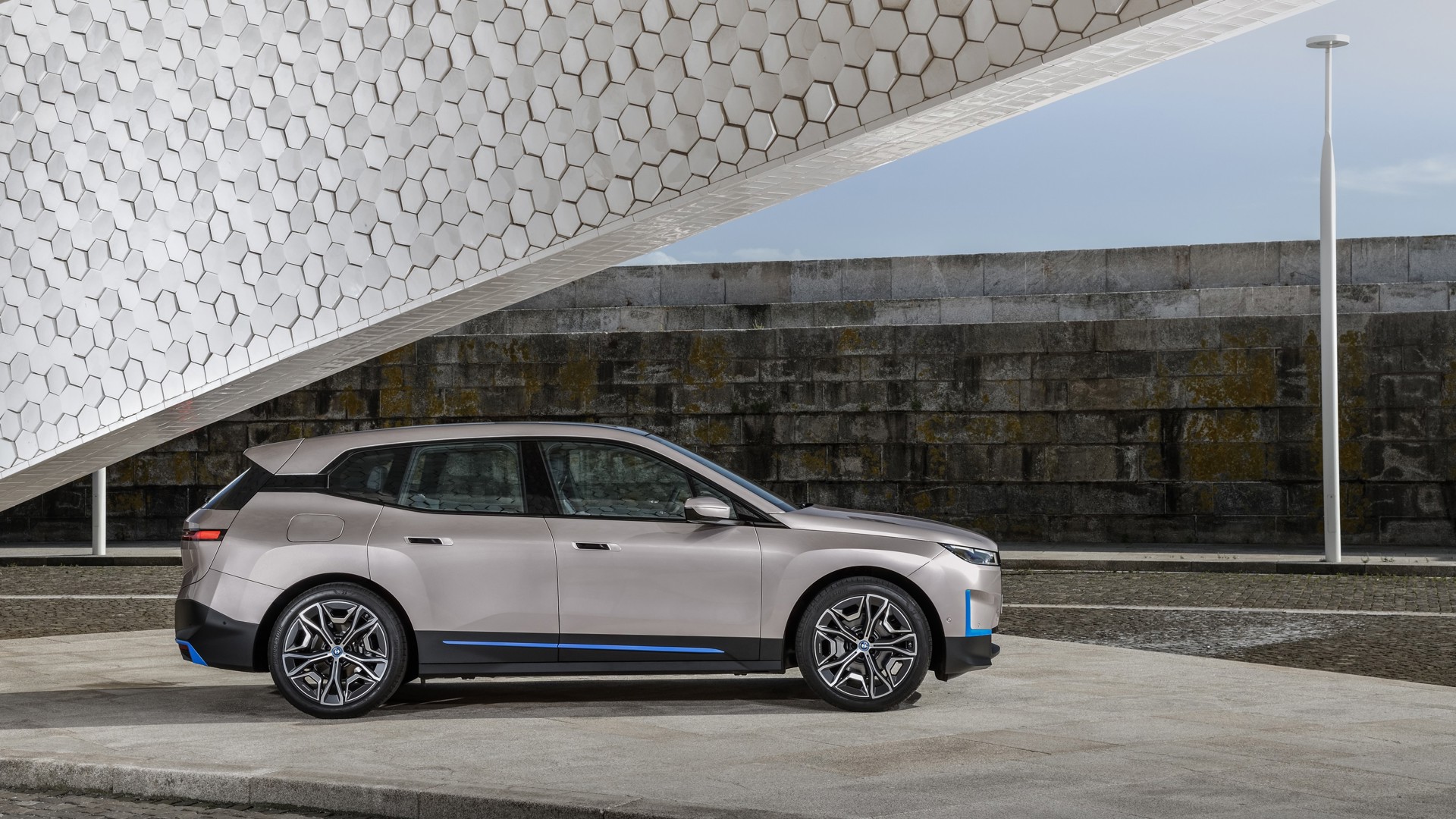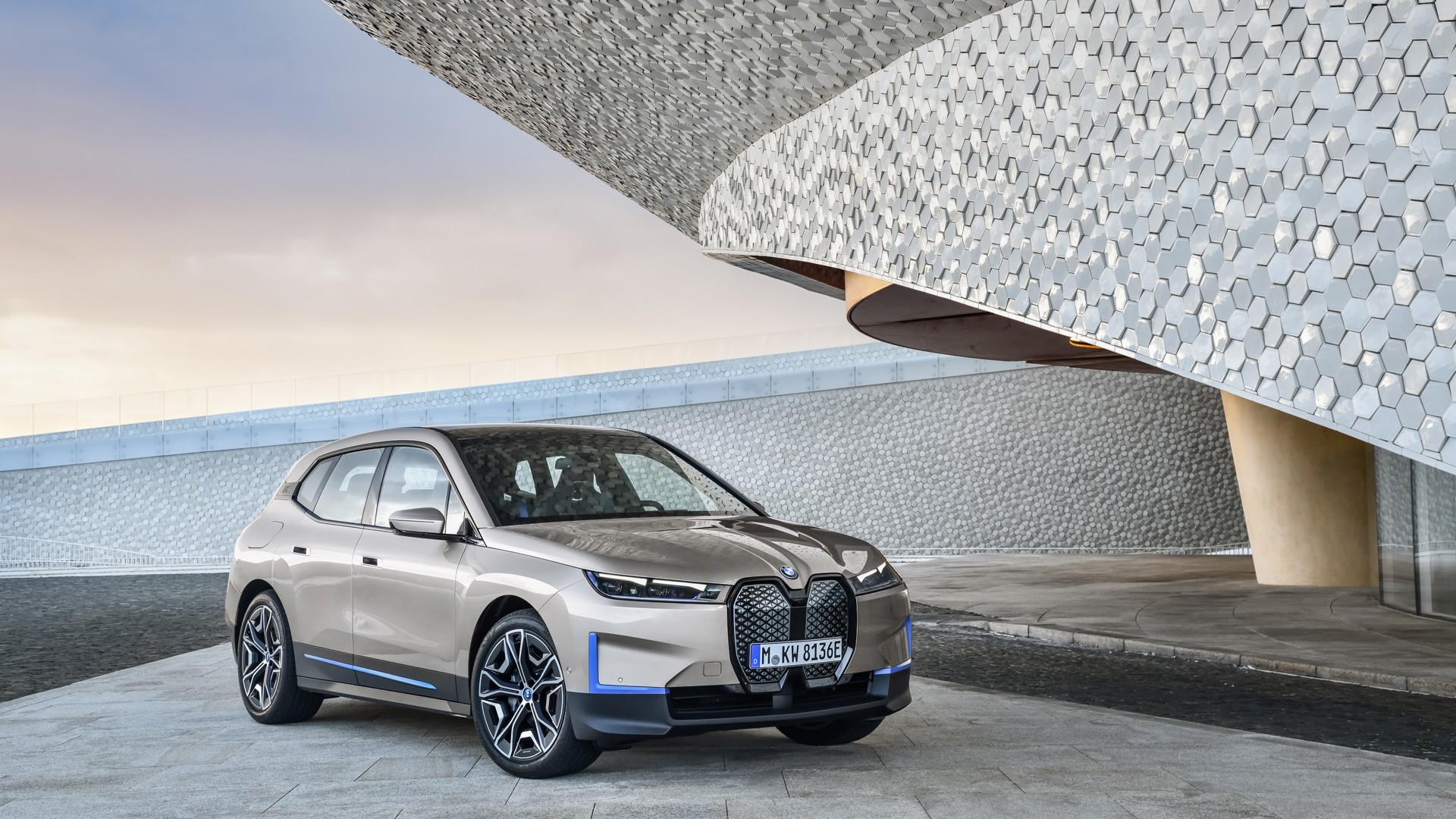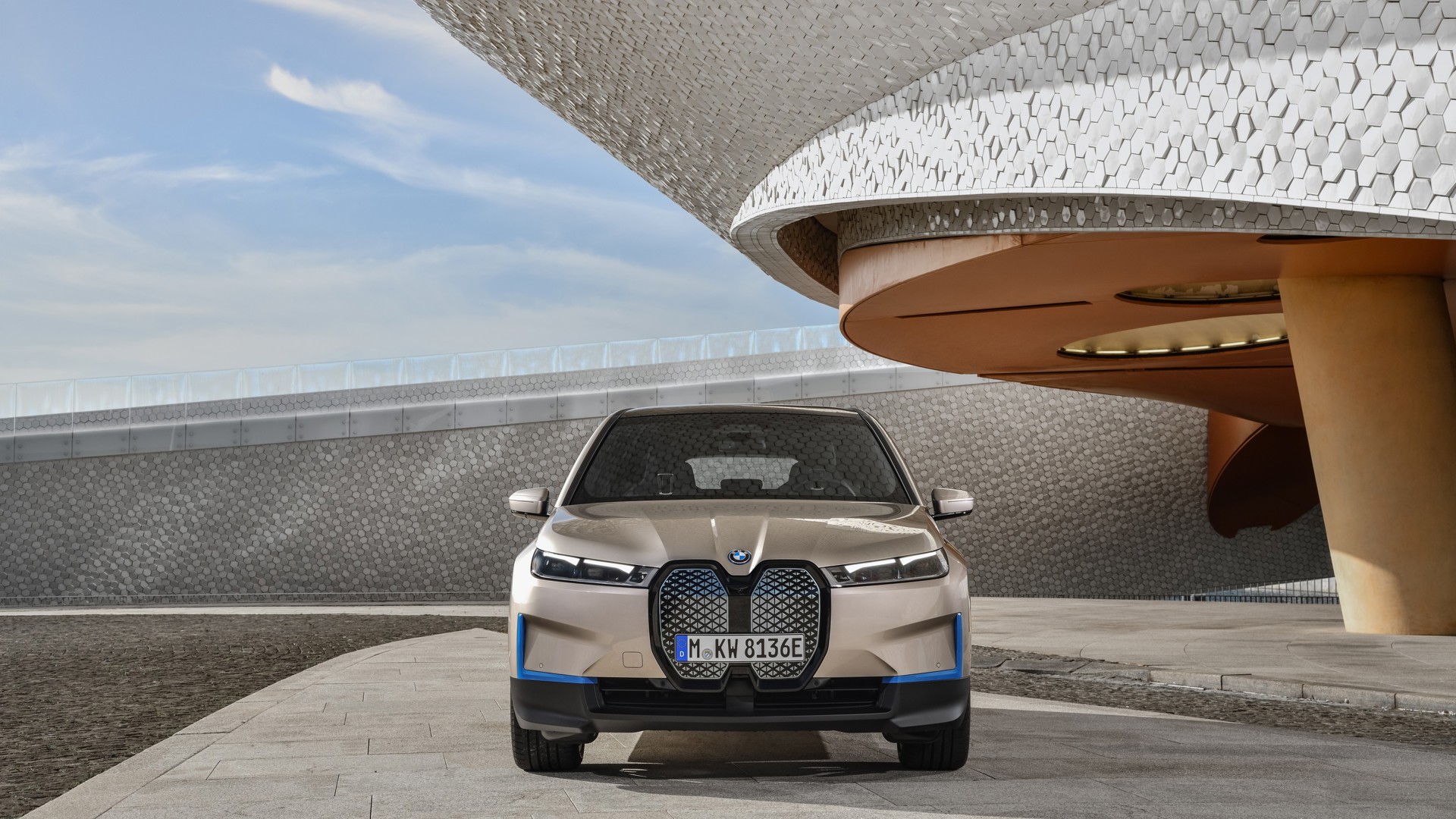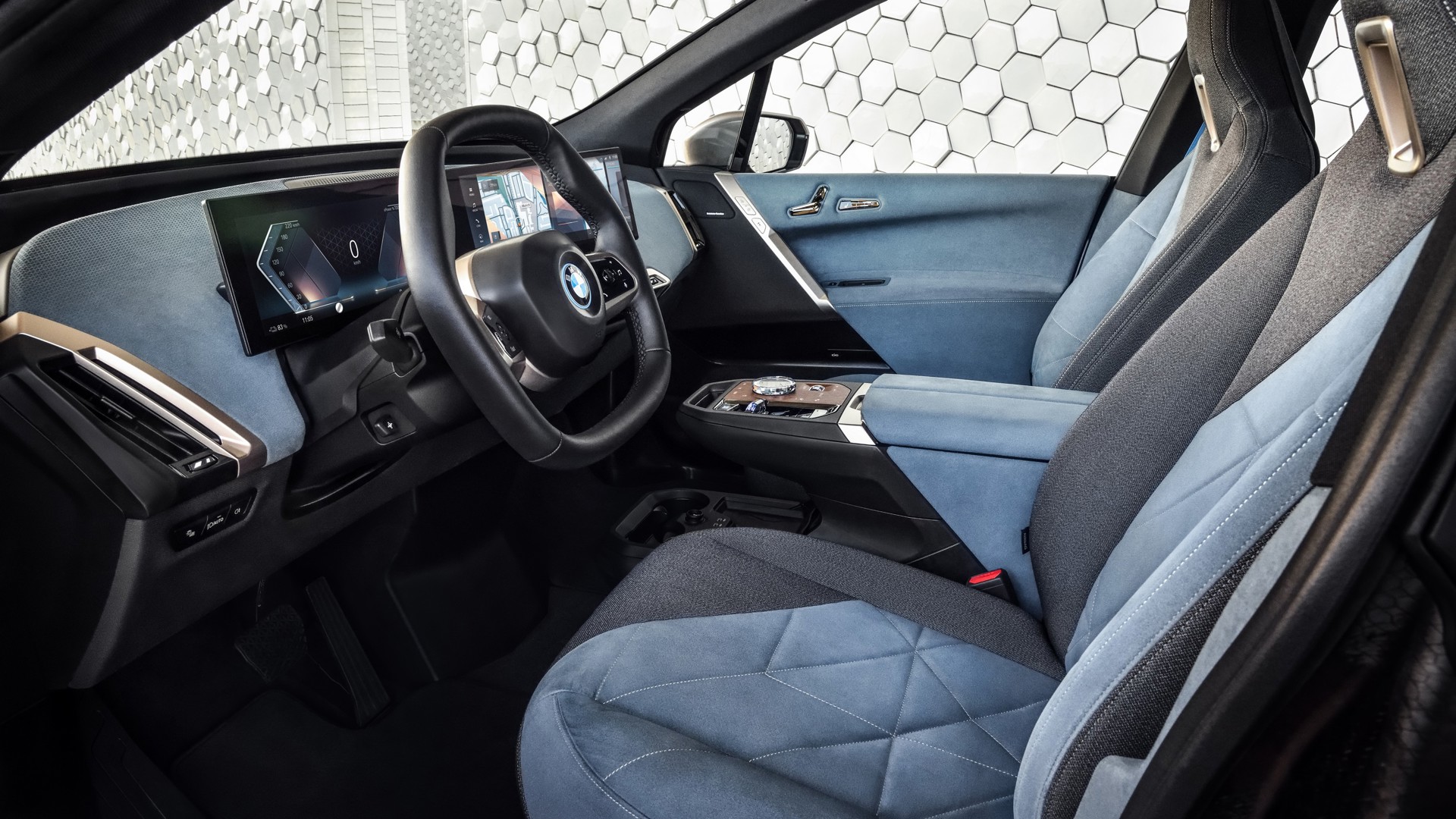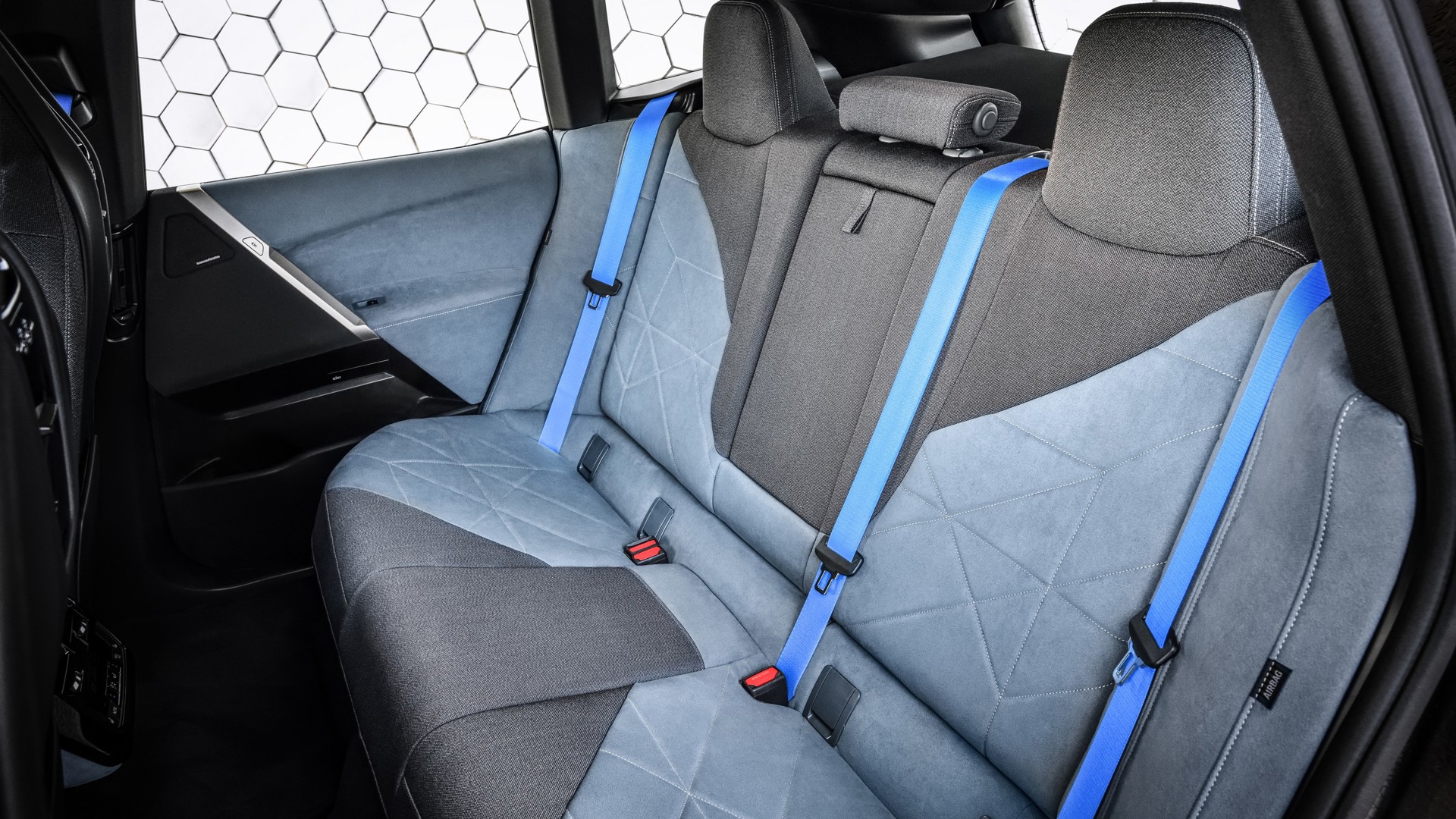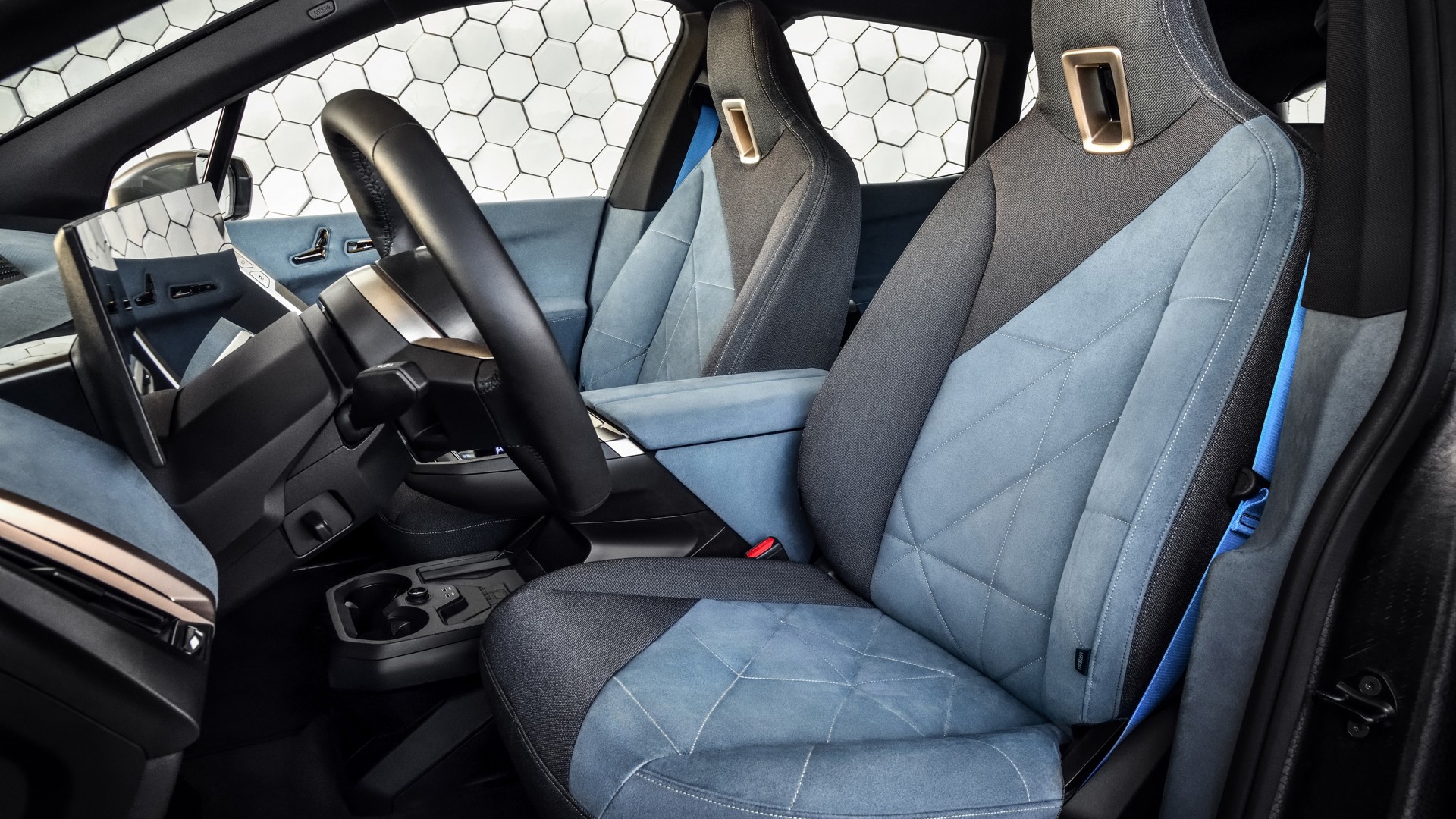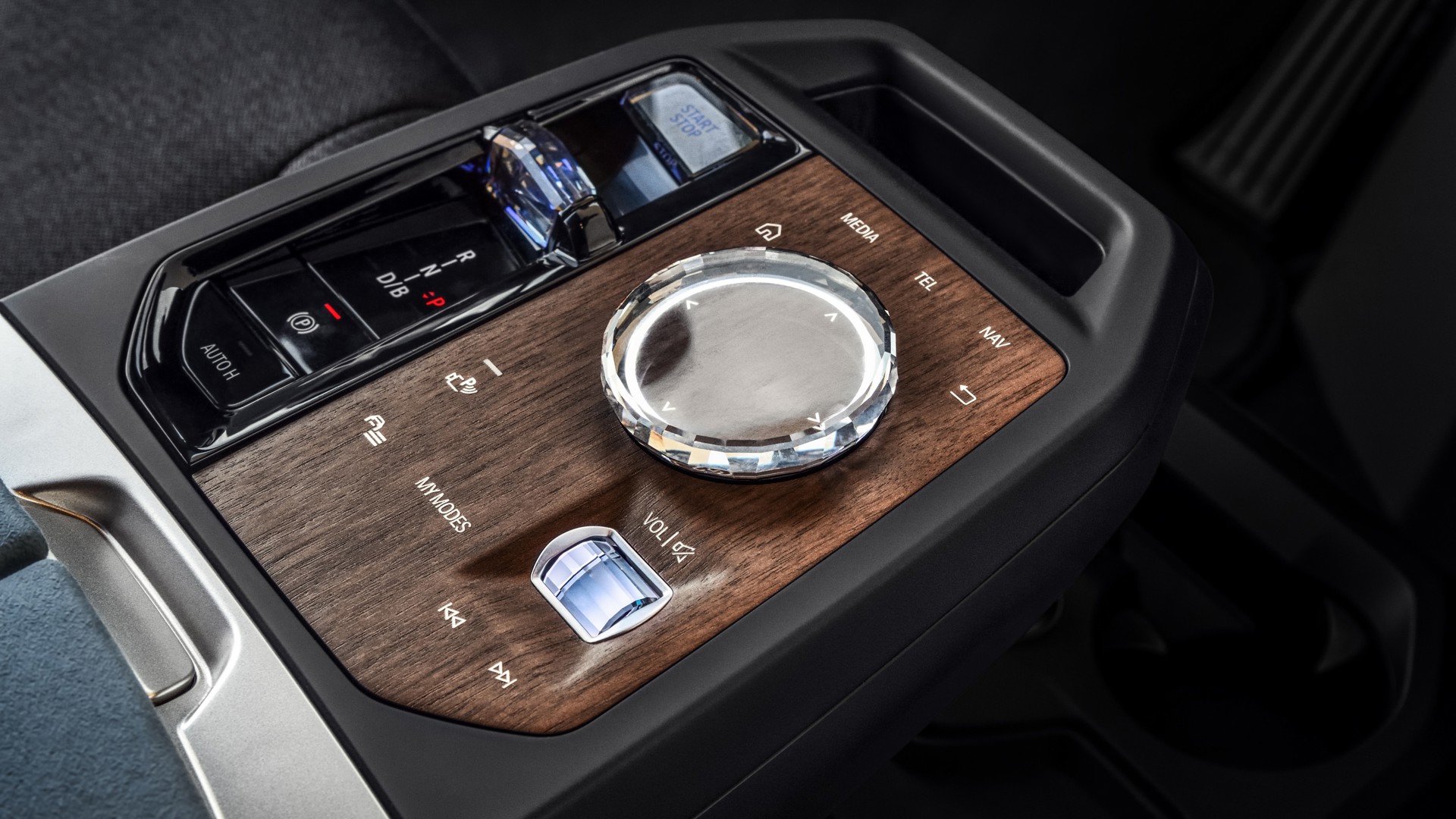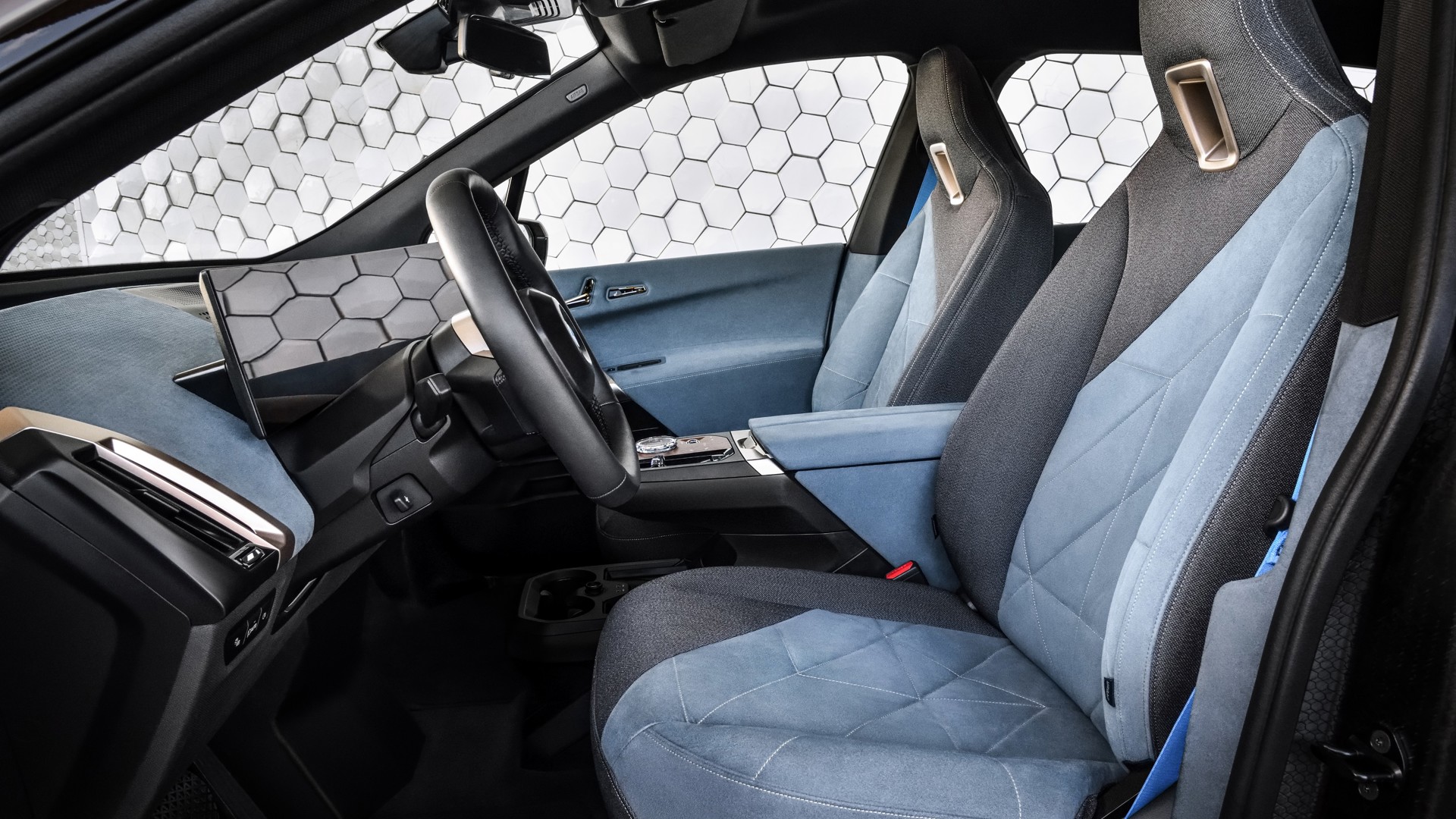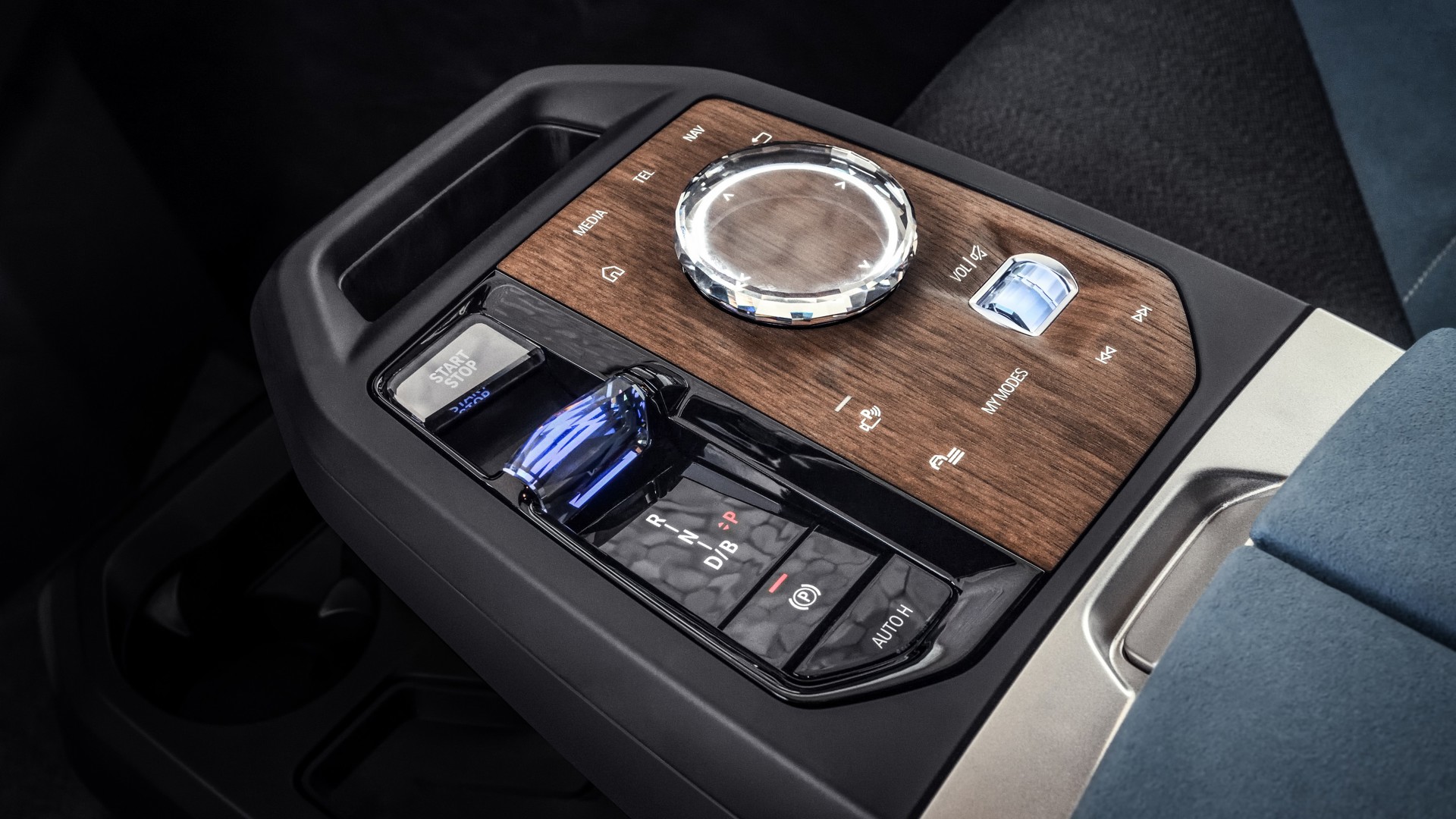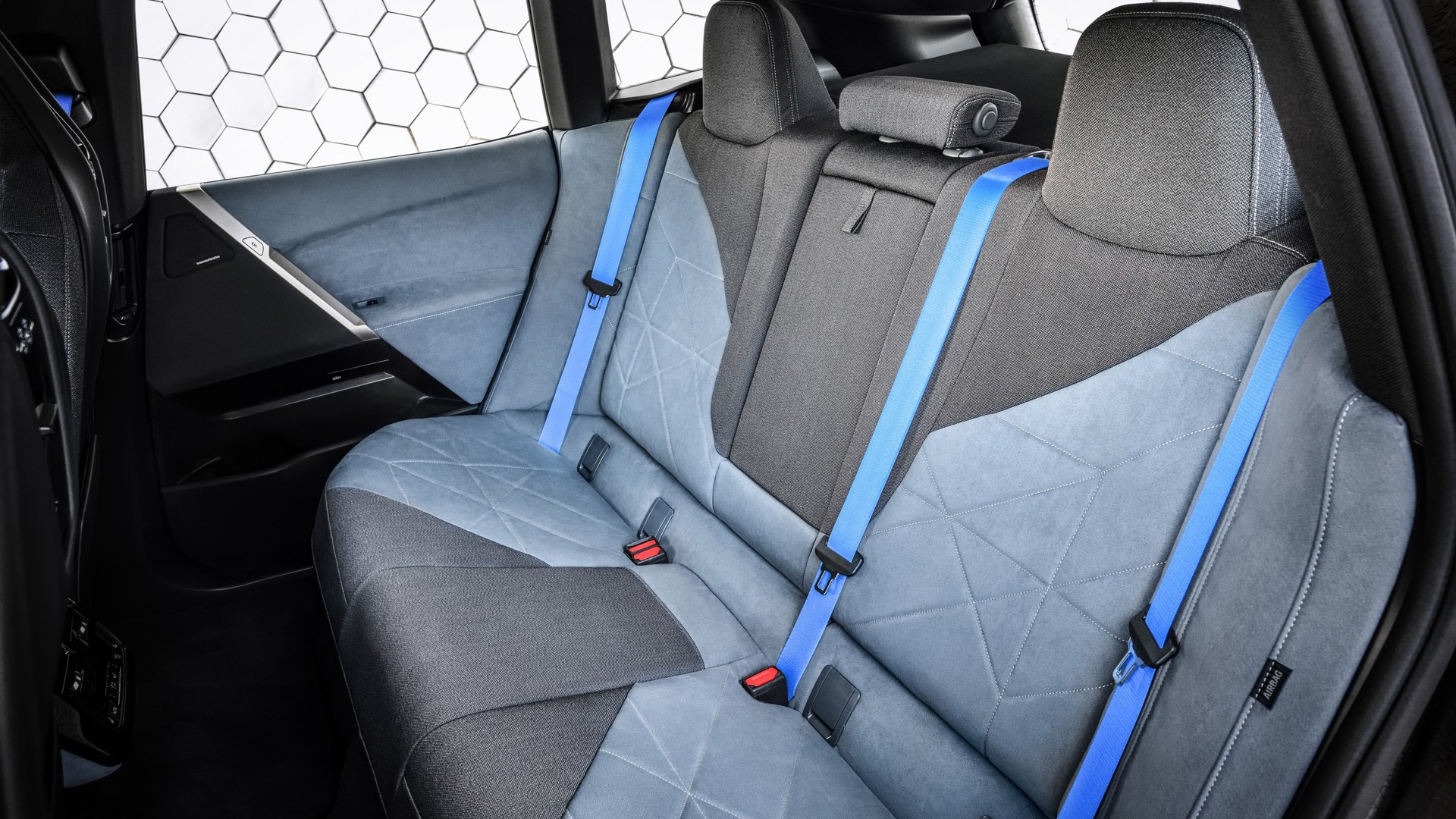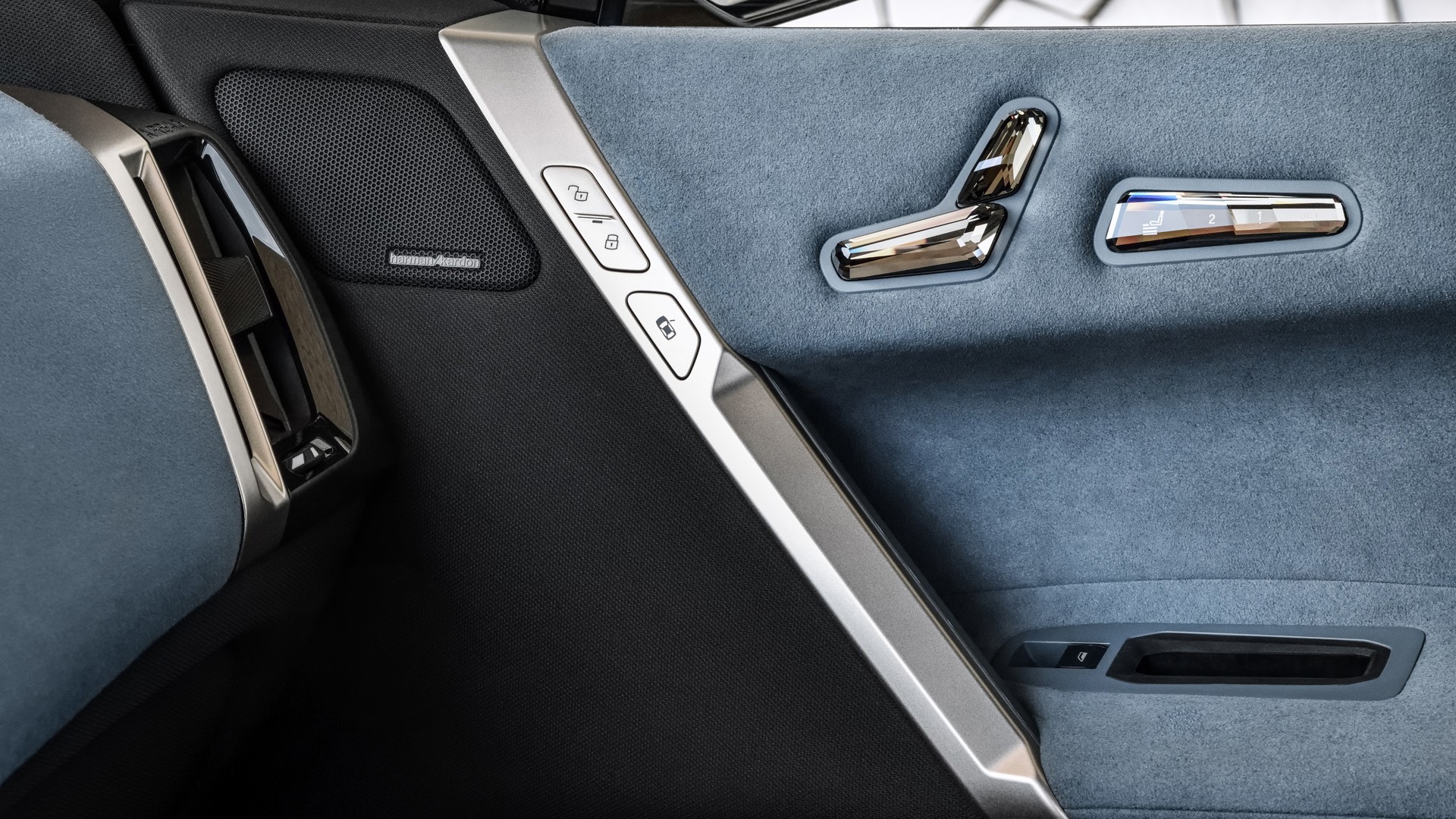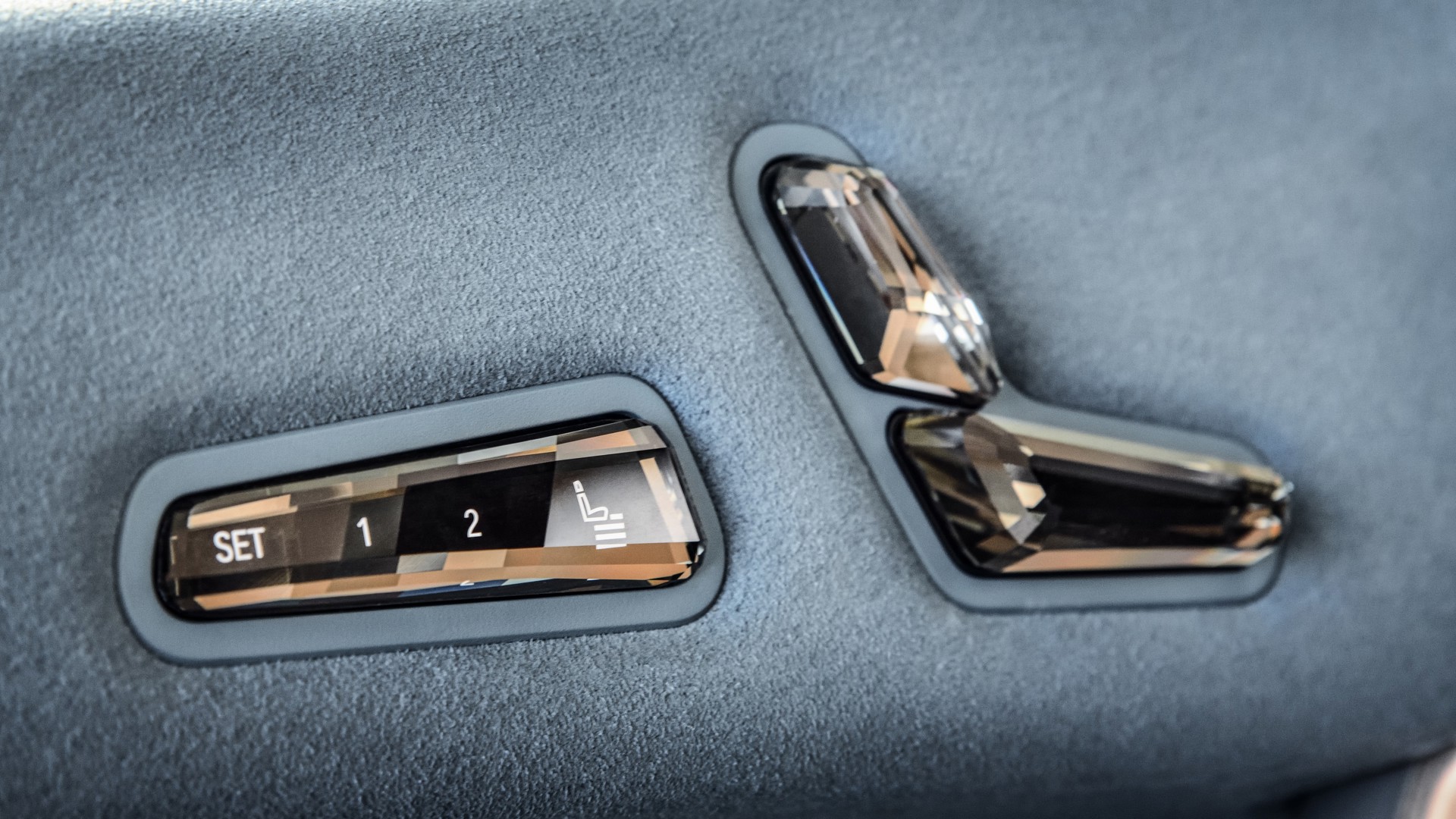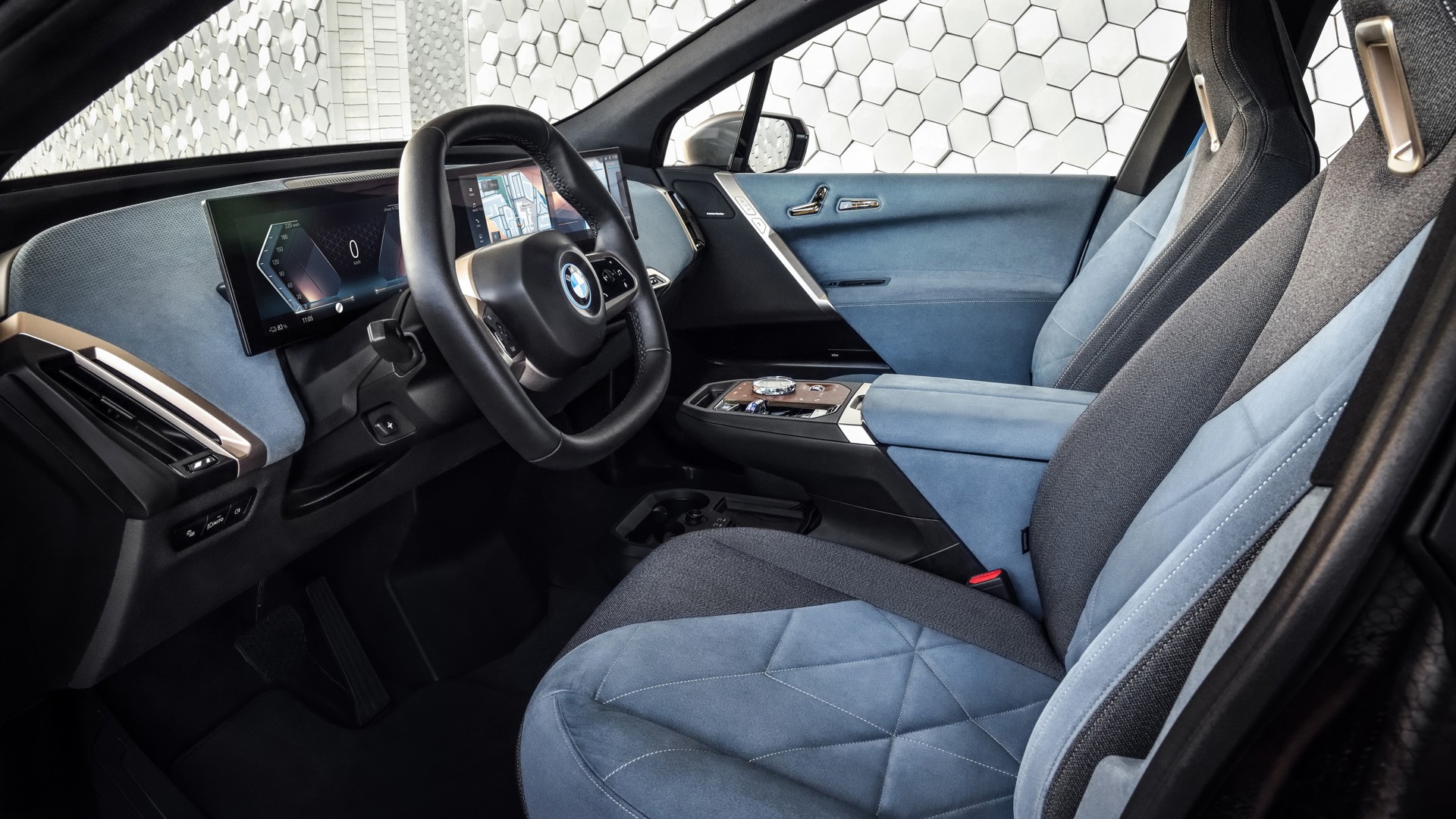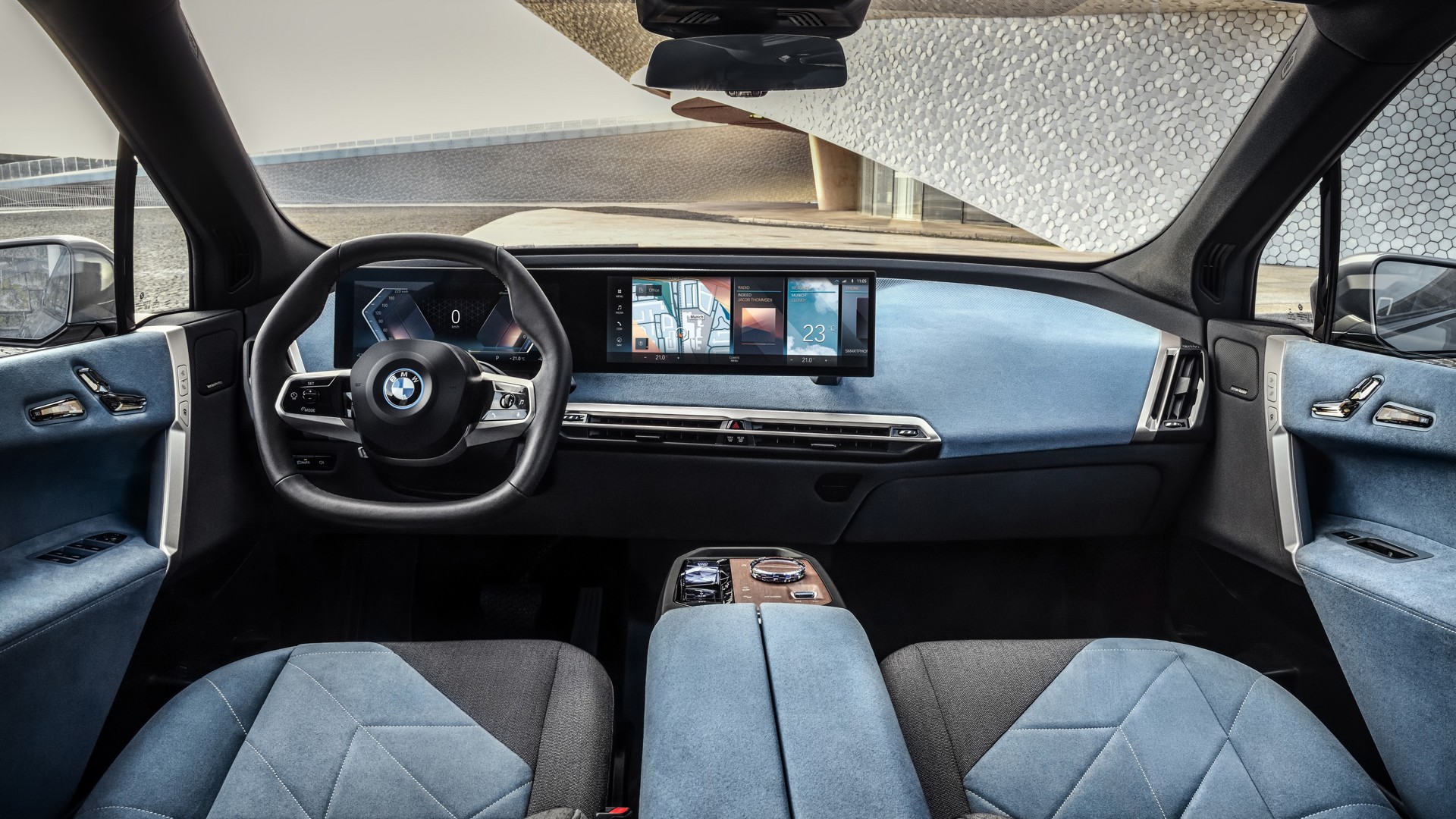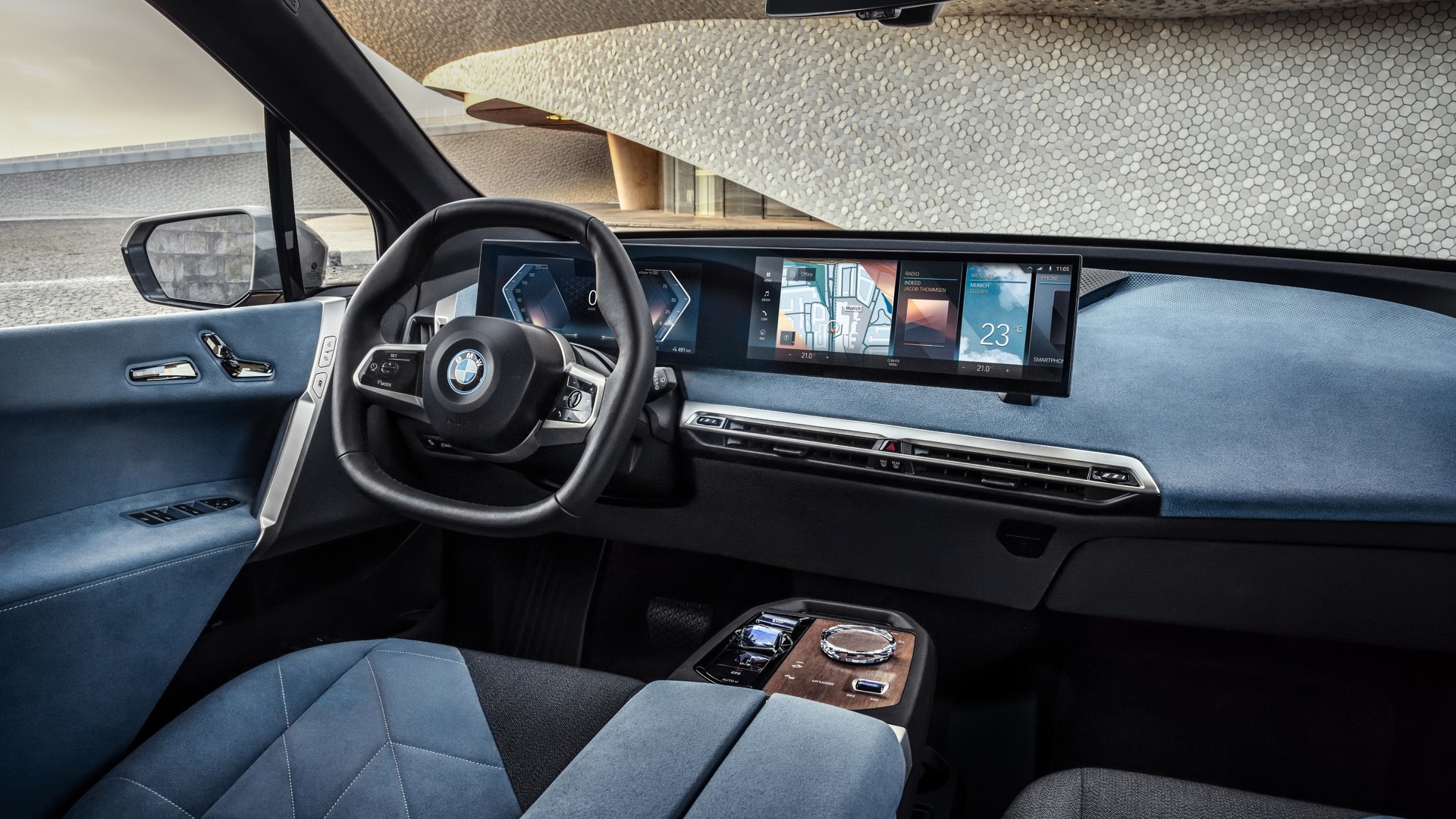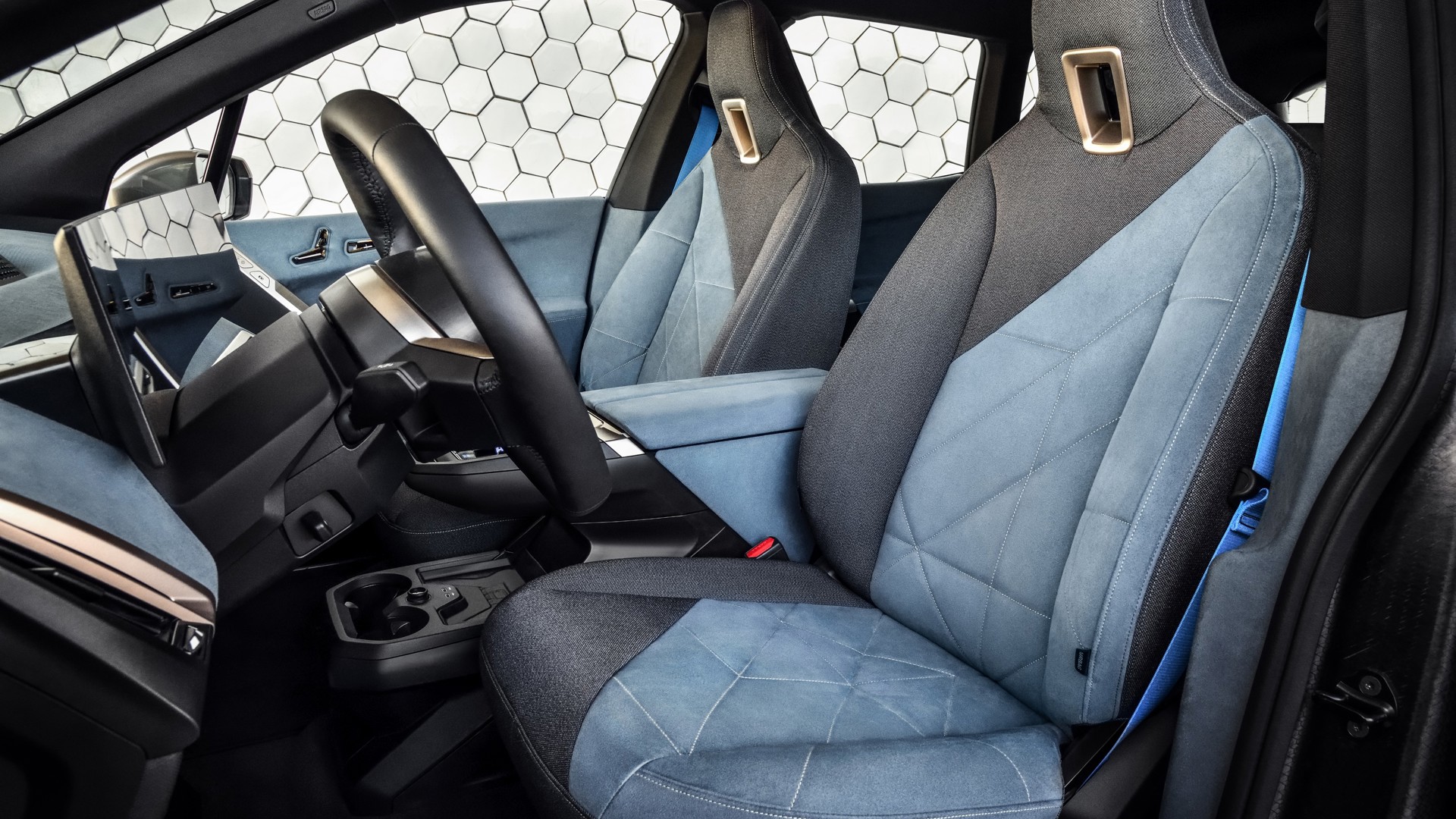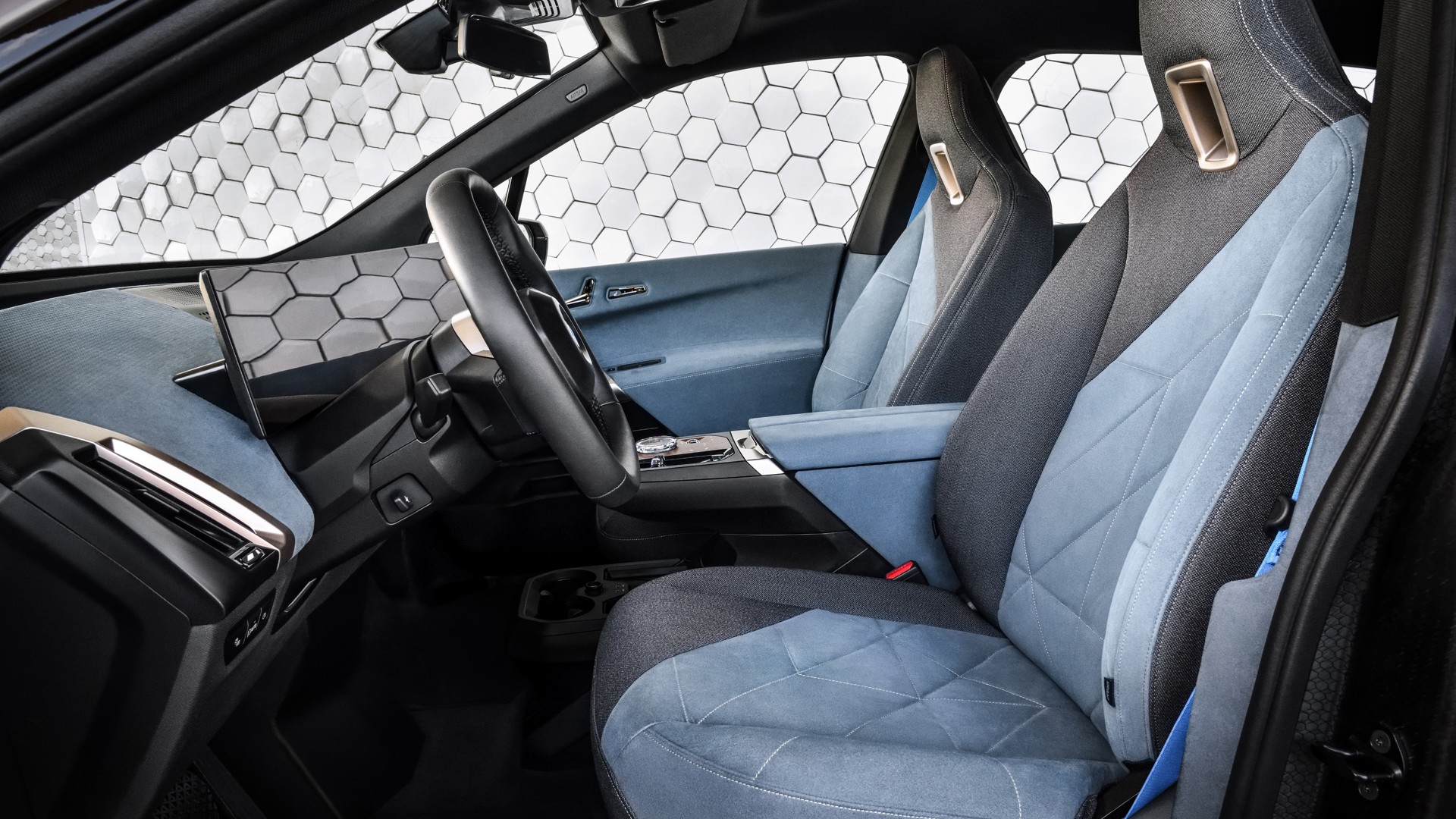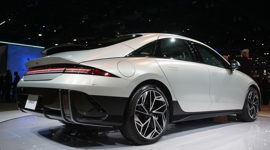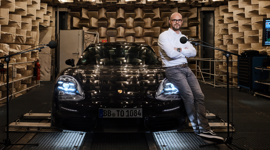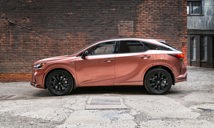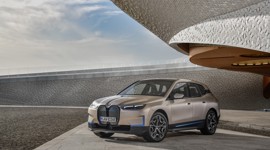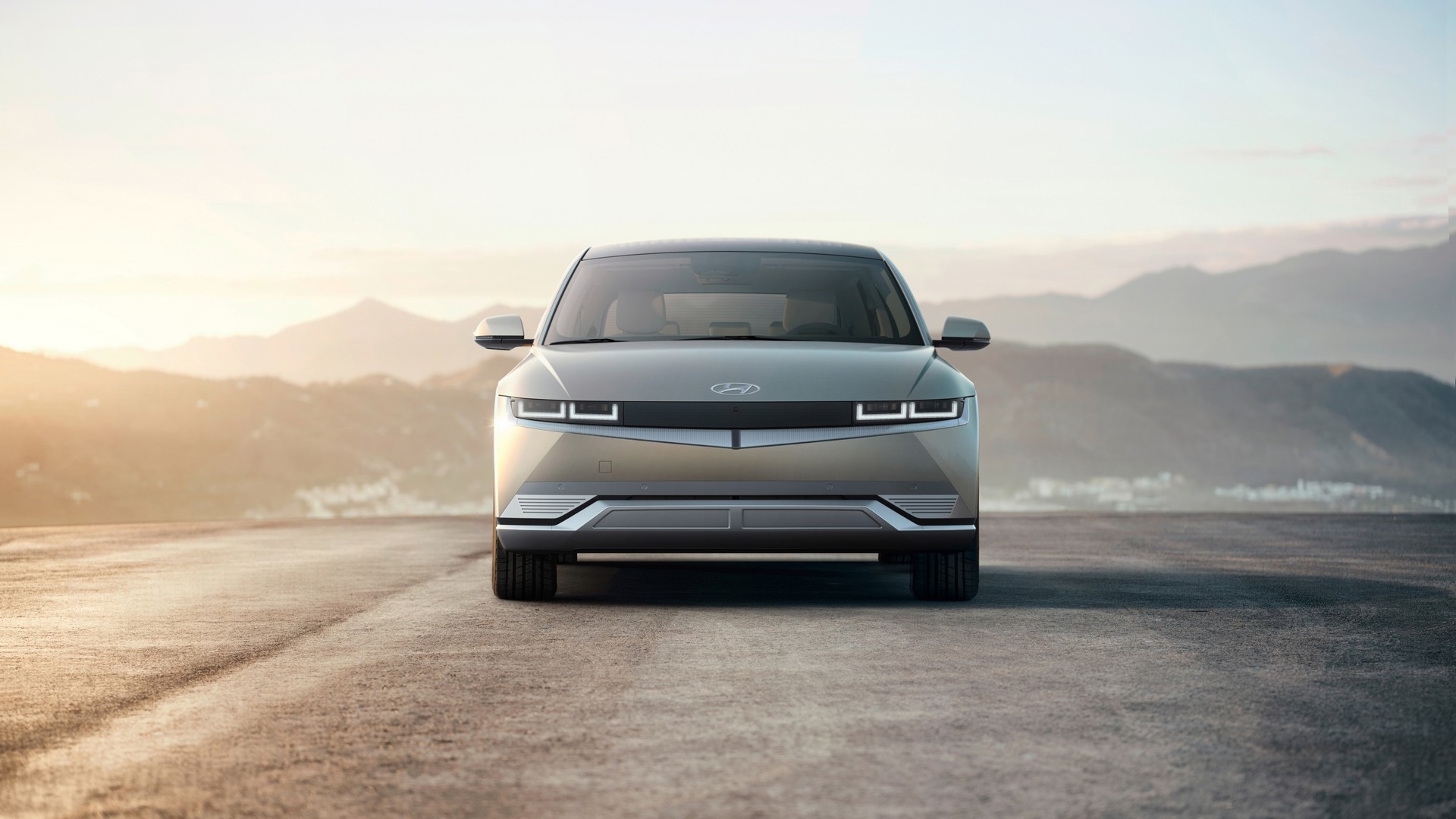The BMW iX is the first mainstream model from BMW that's designed as an electric vehicle (EV) from the start. The automaker calls it "the first model in a future-oriented generation of automobiles," with a platform, driveline, and interior designed from the outset to create an electric BMW.
The interior starts with a massive curved widescreen that encompasses the functions of the dashboard as well as the infotainment system. It's bezel-free, part of a design BMW calls "a loft on wheels." It makes for one of the simplest dash designs BMW has ever made, despite the vehicle itself being one of the most high-tech. There are still some switches, but most have been removed. Combining elements, like the wood trim centre console that includes multiple integrated switches, gives the iX a buttonless look while giving drivers the benefits of real buttons. BMW calls it "shy tech," because it's there, but hidden.
Outside, BMW calls the X5-sized iX "monolithic" in its side profile, but really, compared with BMW's latest, it looks rather conservative. BMW pokes some fun at this in its reveal video, as actor Christoph Waltz sees the curtain pulled from the model and looks decidedly unimpressed. Until he walks around it some more, of course, and falls in love. It is a promotional video, after all. Integrated door handles and slim front and rear lamps add to the electric vehicle look, and while there is a large kidney grille as you'd expect from BMW, this time, it's not so much an actual grille and more a place for the vehicle's many sensors to live.
The iX uses the fifth generation of BMW's eDrive electric motor technology, which starts with two electric motors offering more than 500 hp between them. Consumption of 21 kWh per 100 km and a 100 kWh means a 500 km range on the WLTP cycle and an anticipated 486 on the EPA FTP-75 cycle. DC fast charging at 200 kW allows a 10 to 80 per cent charge in 40 minutes and up to 120 km of range in a 10-minute charge.
These latest motors use no rare earth metals, reducing the need to mine for the hard-to-find and extract materials. Furthering BMW's sustainabiliity goals, all power to produce the battery cells, battery, and the iX as a whole are sourced from renewable energy, while recycled and natural materials are used for the interior including sustainable wood and leather tanned with olive leaf extracts.
The body structure uses an aluminum frame and carbon cage to add stiffness while making the iX lighter. Combined with a coefficient of drag of just 0.25, which BMW says is class best, this helps to increase the vehicle's electric efficiency and range.
While no autonomous tech details were given for the iX, which is set to enter production in the second half of the year, BMW said that it was built with computing power that could process 20 times more data than before, processing double the data from vehicle sensors, which would help to support future advances in automated driving.
Expect to see more about this BMW iX, including pricing, closer to the start of production next year.
